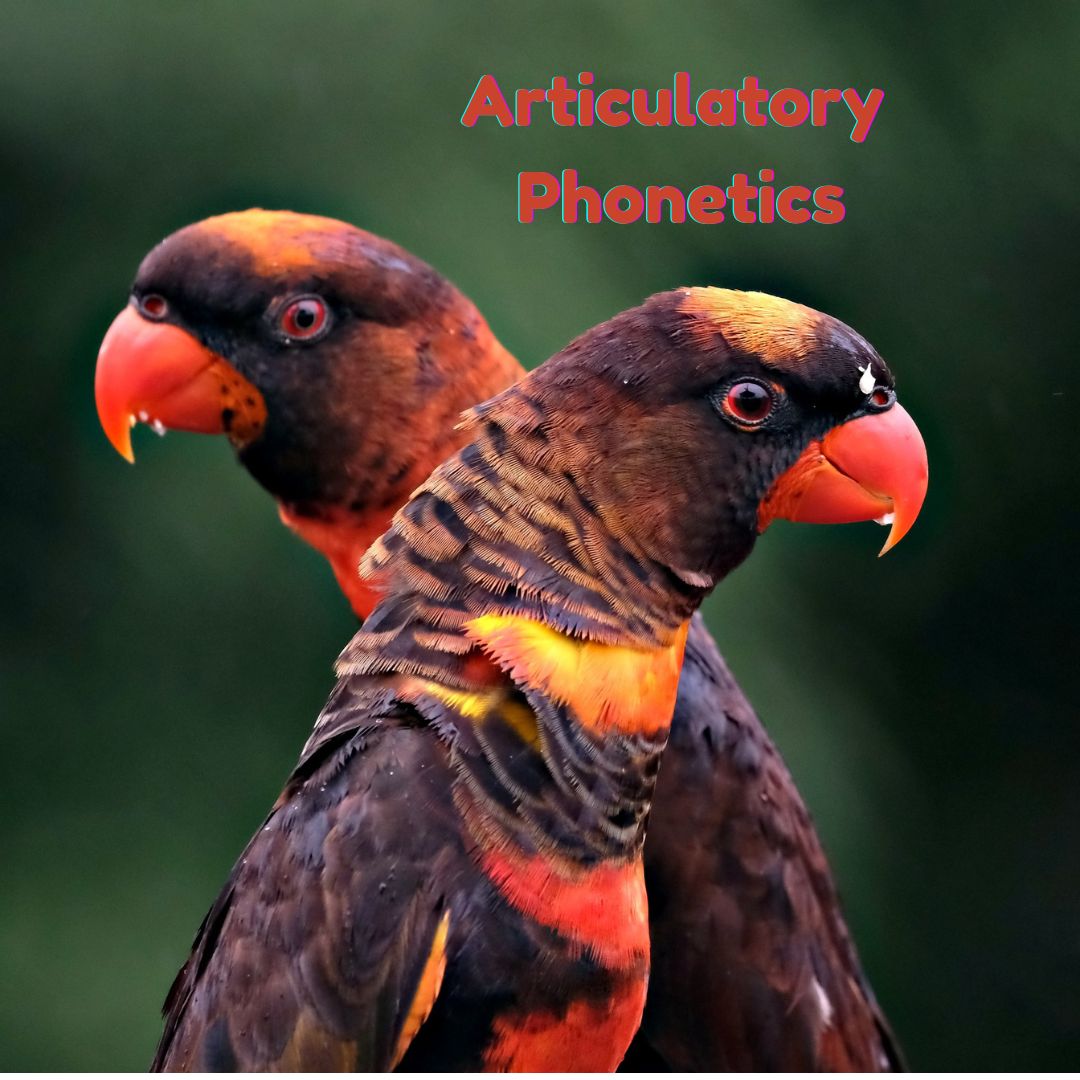Articulatory Phonetics

About Articulatory Phonetics
Let’s delve into the realm of articulatory phonetics, which is the branch of phonetics that focuses on how speech sounds are physically produced by the articulatory organs in our vocal tract. Here’s a beginner-friendly overview:
Articulatory Phonetics:
Unlocking the Secrets of Speech Sounds
Have you ever wondered how we create the amazing variety of sounds that make up language? Articulatory phonetics is like a behind-the-scenes tour of speech production. It’s the exploration of how our lips, tongue, vocal cords, and other parts of our vocal tract come together to form the sounds we use to communicate.
The Vocal Organs:
Our vocal tract is like a flexible musical instrument that we use to create a symphony of speech sounds. Let’s meet the main players:
Lips:
Our lips can be pressed together or apart to make different sounds. Just try saying p and b; you’ll feel the difference!
Tongue:
This versatile muscle plays a major role. Different parts of the tongue interact with the roof of the mouth (palate) to create various sounds.
Teeth:
The teeth can play a part in creating certain sounds, like the th sounds in think and this.
Alveolar Ridge:
This bumpy area just behind your upper front teeth is important for sounds like t and d.
Palate:
The roof of your mouth is essential for forming different sounds. The hard palate is the firm part, and the soft palate (velum) is flexible and moves to create sounds like k and g.
Vocal Cords:
These are like our vocal strings. They vibrate when air passes through them, producing different pitches and creating sounds like v and z.
How It Works:
When we speak, we manipulate these vocal organs to shape the airflow coming from our lungs. The way we position our lips, tongue, and other parts determines the unique sound that emerges. It’s like playing a musical instrument with our mouths!
Consonants and Vowels:
Speech sounds can be classified into consonants and vowels. Consonants involve some constriction or closure in the vocal tract, while vowels are produced with an open vocal tract. Think of consonants as the drumbeats of speech and vowels as the melodious notes.
Learning the art:
Articulatory phonetics helps us understand why certain sounds are hard to pronounce in different languages or why accents vary. By studying how different articulatory features combine, linguists and language learners can improve their pronunciation and appreciate the intricacies of human speech.
Your Journey into Speech Production:
With articulatory phonetics, you’re opening the door to a whole new dimension of language. You’ll discover the magic behind how we shape air into speech, and you’ll be amazed at the incredible coordination of our vocal organs. As you learn more, you’ll gain a deeper appreciation for the beauty and complexity of the sounds that connect us all.
click here Articulatory Phonetics
click here English Phonetics
click here About Phonetics